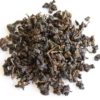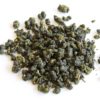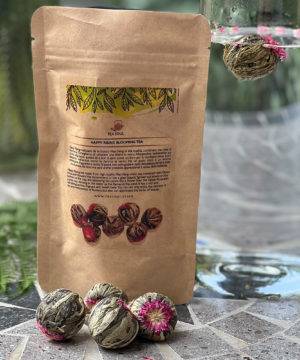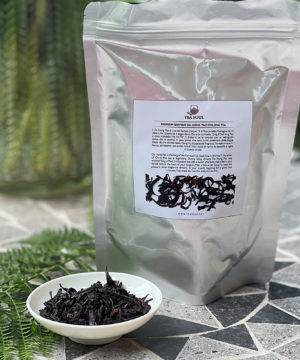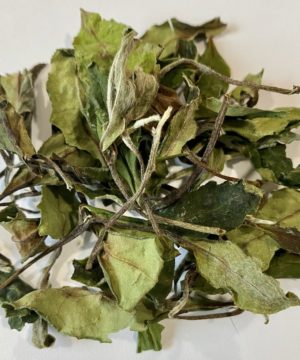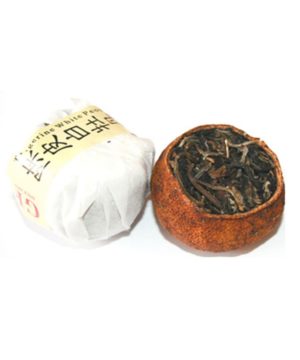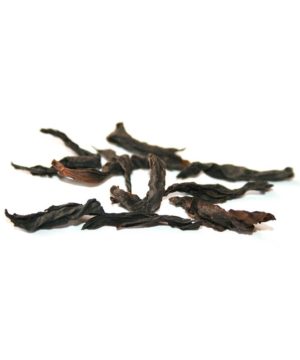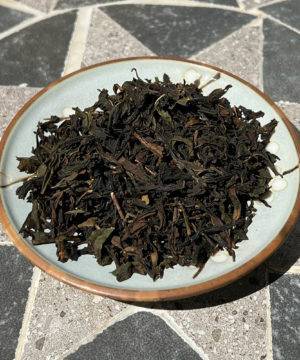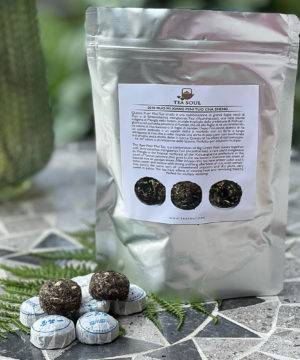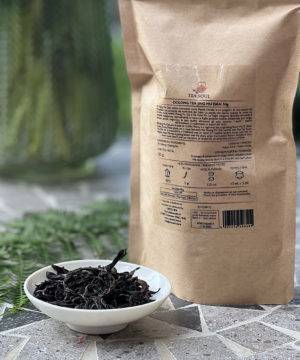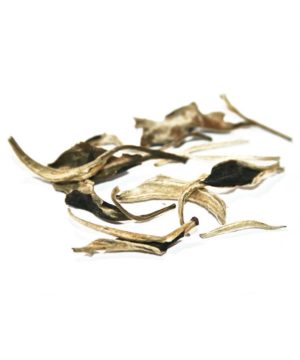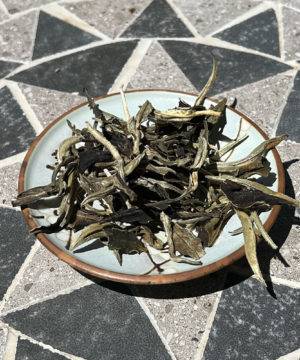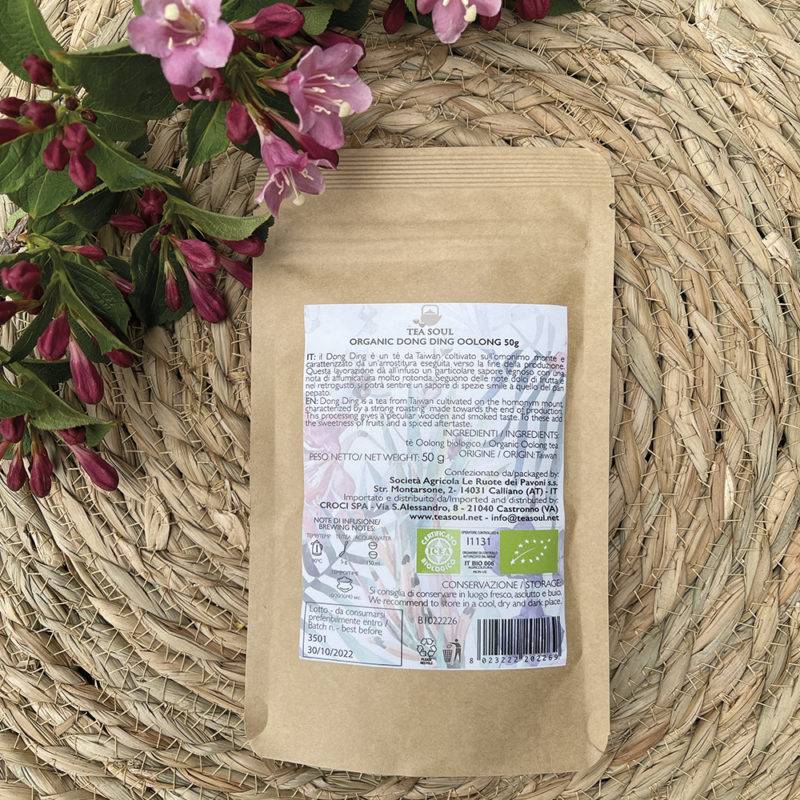



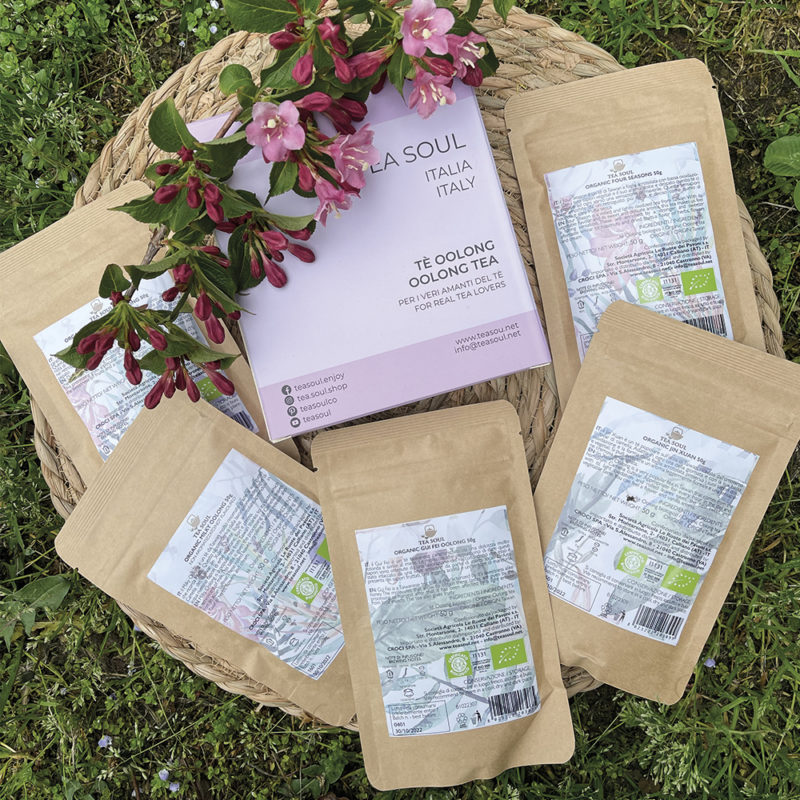



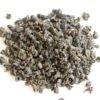

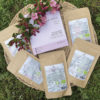

Dong Ding Organic Oolong Tea from Taiwan
3.30€ Taxes included
Dong Ding is an organic oolong from Taiwan, harvested on the mountain of the same name. In the cup, in addition to the unmistakable milky body typical of Taiwanese teas, it has roasted notes of dried fruit that are very reminiscent of rock oolongs from the Wuyi Mountains.
SKU: N/A
Categories: Tea, Oolong tea, REGIONS, Organic tea, Nantou Taiwan, TrovaPrezzi
DON'T MISS DISCOUNTS AND NEWS!
Subscribe to our WhatsApp channel and receive all updates quickly and conveniently!
Subscribe to our WhatsApp channel and receive all updates quickly and conveniently!
Roasted Dong Ding is a very famous tea produced on the island of Taiwan. Its name, which translated means “frozen peak,” gives us an indication of its origin: it refers to a specific mountain in the Lugu region of Nantou prefecture. Dong Ding then is a mountain oolong that is produced from tea plants imported from China more than a century ago from the Wuyi Mountains, where there is equally thriving oolong production. This tea can present many forms once its processing is finished as it can take on slightly different oxidation, roasting, or cooking stages quite differently depending on the manufacturer’s stipulations.
What we present here is a Dong Ding with an oxidation of about 20 percent that was then well roasted, taking on a slight brown hue reminiscent of that of the bark of a young tree.
Tasting – Sight and smell
Dong Ding organic oolong tea from Taiwan has rather narrowly rolled leaves, dull brown in color with coppery and ochre hues. Once infused, they spread notes of toasted hazelnut, toasted bread, burnt caramel, charcoal, coffee beans and a faint floral note into the air. The cup liquor is amber in color, very bright and clear.
Tasting Notes
GONG FU CHA
The first Oriental-style infusion of Dong Ding organic oolong tea from Taiwan has roasted hints of hazelnut and coffee, followed by sweet and creamy notes of toffee, whipped milk, and cream. Also pleasantly surprising is a feeling of black bread crust. With the second brew, the roasted coffee and milky notes seem to merge into a flavor combination reminiscent of cappuccino. The sweetness is also expressed in notes of almond crunch, and for a moment there is a fleeting vegetable feel. With the third and subsequent infusions, a peculiar wet earthy note appears, immediately followed by the sweetness of caramel. The body is of medium density, with a toasty persistence and a sugary feel that lingers long on the tongue.
WESTERN
The first notes you sense while drinking this tea are roasted: hazelnut, but also coffee beans and rye bread. At the core, Dong Ding organic oolong tea from Taiwan is sweet, with hints of caramel, milk and toffee that envelop the palate with extraordinary smoothness. There is a floral note of orchid on the finish, while the persistence has toasted and milky tones.
Place of origin
Lugu, Nantou Prefecture, Taiwan
Production
After harvesting, the leaves wither in the sun for a few hours before resting on bamboo trays under cover. Here it’s where the oxidation starts thanks to a manipulation of the leaves (the shaking) made by the tea master. Given the low oxidation of this tea (about 20 percent) it will only take a short time before the tea moves to the next stage where the leaves pass through a charcoal-heated oven to lock in enzymatic activity and fix the product’s characteristics. After this stage in the oven, the leaf is given its final shape by rolling it up by hand so that its aromas can be better preserved. The product can now undergo several rounds of roasting to change its flavor profile, and once it has completed its drying process, which will allow the rolled shape to remain fixed, it will be ready for consumption.
How to prepare
We strongly recommend infusing Dong Ding tea in the traditional Chinese method (gong fu cha) to best enjoy these leaves. Following this preparation, 4.5 grams of leaves (about 3 teaspoons) can be used in a gaiwan of about 100 ml to make several infusions with different tastes. After a quick rinse of the leaves in water at 90°C, an initial infusion of 15 seconds can be made, and after that, keeping the water at the same temperature, the time can be increased each time by 10 seconds from the previous infusion (15 – 25 – 35 …)
This tea has a longevity of about 7 brewings.
For a classic preparation in the Western style, we recommend 2 grams of leaves (about 1 teaspoon) in a 150-mL cup with water at 90°C for an infusion time of one and a half minutes.
If you would like to experiment with infusing this tea with different amounts of leaves try to think of a suitable amount to allow the leaf to expand freely into the liquid without being compressed or hindered in doing so. By doing so, you will make the most of this product without hindering the extraction of flavour substances.
The tea can be filtered for greater ease at the moment of tasting, and also the infusion times indicated above are intended to be purely indicative, so you can also adjust according to your personal taste.
Store in a cool, dry place away from direct sunlight.
| Weight | 0.000000 g |
|---|---|
| Dimensions | 0.000000 × 0.000000 × 0.000000 cm |
| Detail - Temperature | 90°C |
| PACKAGE | 10 g, 25 g, 250 g, 50 g |
| Detail - Brewing | warming |
| Feature - Caffeine | Low caffeine |
| Preparation - Gaiwan | 4.5g-100ml / 15-25-35… sec / 7 brewings |
| Preparation - Mug | 2g-100ml / 90… sec / 2 brewings |
| Feature - Oxidation | Partial oxidation |
| Other - Origin | Taiwan |
| Other - Taste | Toasted/woody |
| Other - Instants | Drink |
| Season | |
| Tasting notes |
Still no Reviews for this Product
Related products
9.20€ Taxes included
Earn up to 81 points.
This product has multiple variants. The options may be chosen on the product page
15.00€ Taxes included
Earn up to 55 points.
This product has multiple variants. The options may be chosen on the product page
9.20€ Taxes included
Earn up to 41 points.
This product has multiple variants. The options may be chosen on the product page
10.40€ Taxes included
Earn up to 81 points.
This product has multiple variants. The options may be chosen on the product page
11.50€ Taxes included
Earn up to 42 points.
This product has multiple variants. The options may be chosen on the product page
8.00€ Taxes included
Earn up to 30 points.
This product has multiple variants. The options may be chosen on the product page
Sale!
11.50€ Taxes included
Earn up to 65 points.
This product has multiple variants. The options may be chosen on the product page






